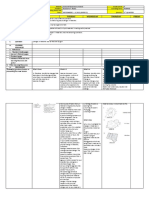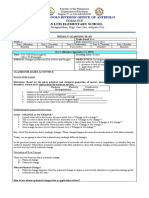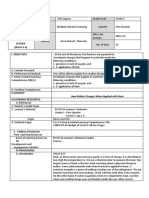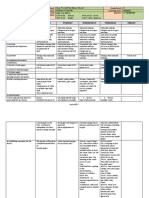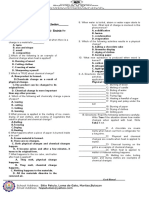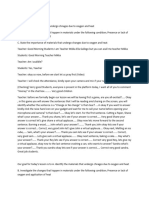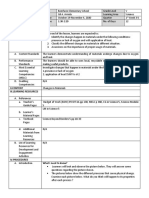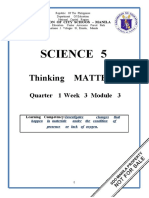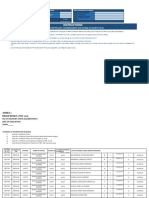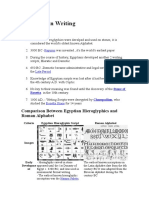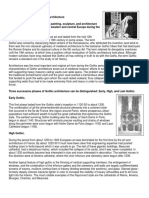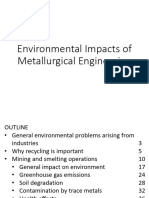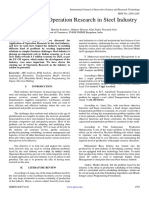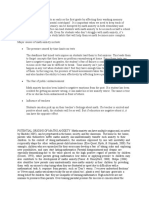0% found this document useful (0 votes)
51 views5 pagesDLL Week 3 Science 5
Uploaded by
Jelly Ann BarcenasCopyright
© © All Rights Reserved
We take content rights seriously. If you suspect this is your content, claim it here.
Available Formats
Download as DOCX, PDF, TXT or read online on Scribd
0% found this document useful (0 votes)
51 views5 pagesDLL Week 3 Science 5
Uploaded by
Jelly Ann BarcenasCopyright
© © All Rights Reserved
We take content rights seriously. If you suspect this is your content, claim it here.
Available Formats
Download as DOCX, PDF, TXT or read online on Scribd
/ 5




